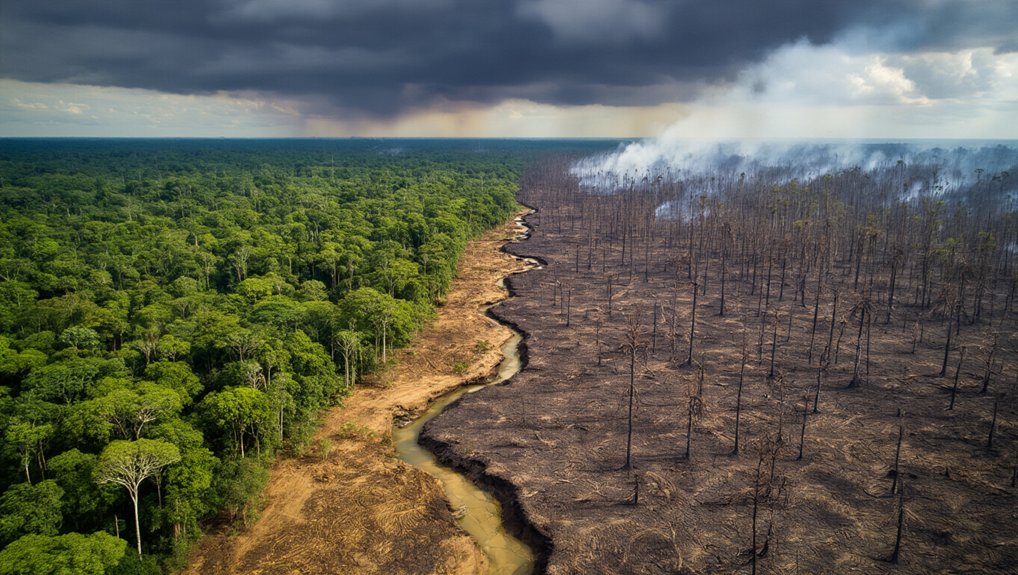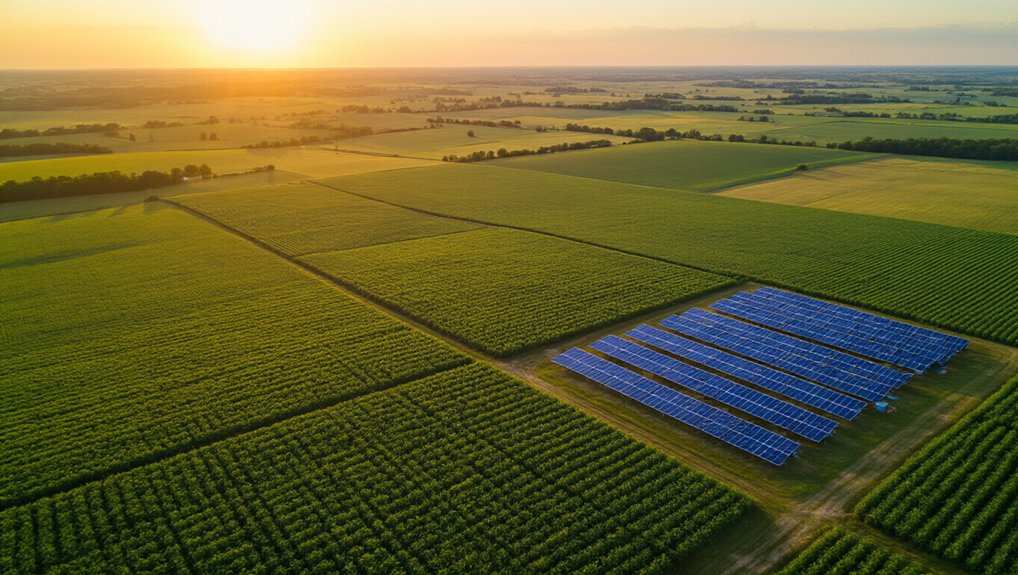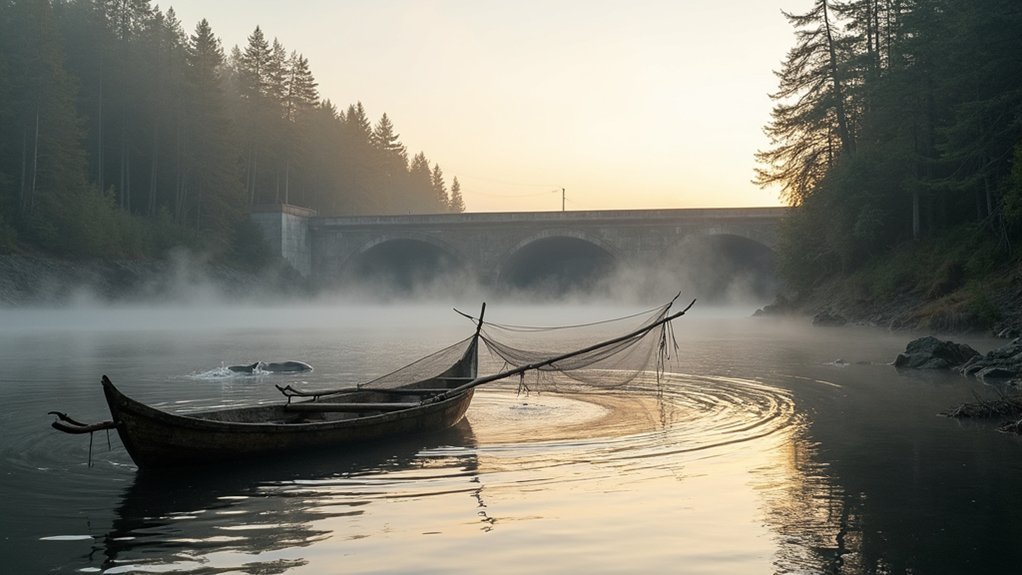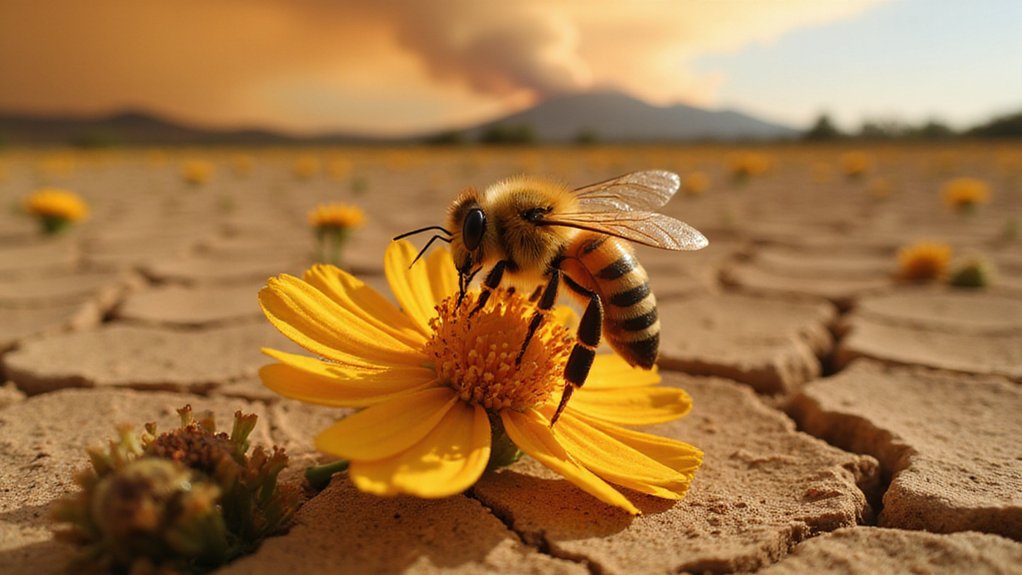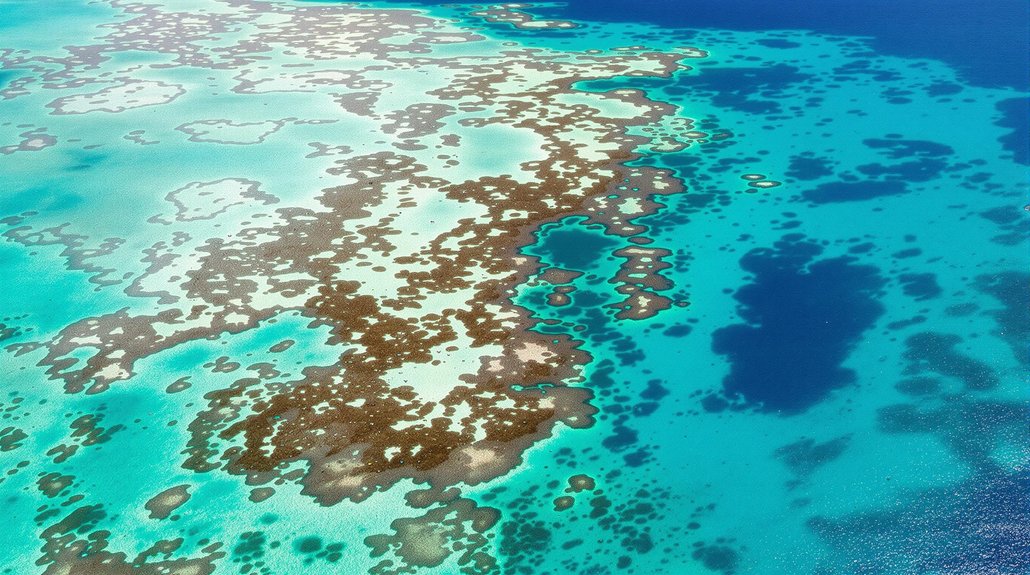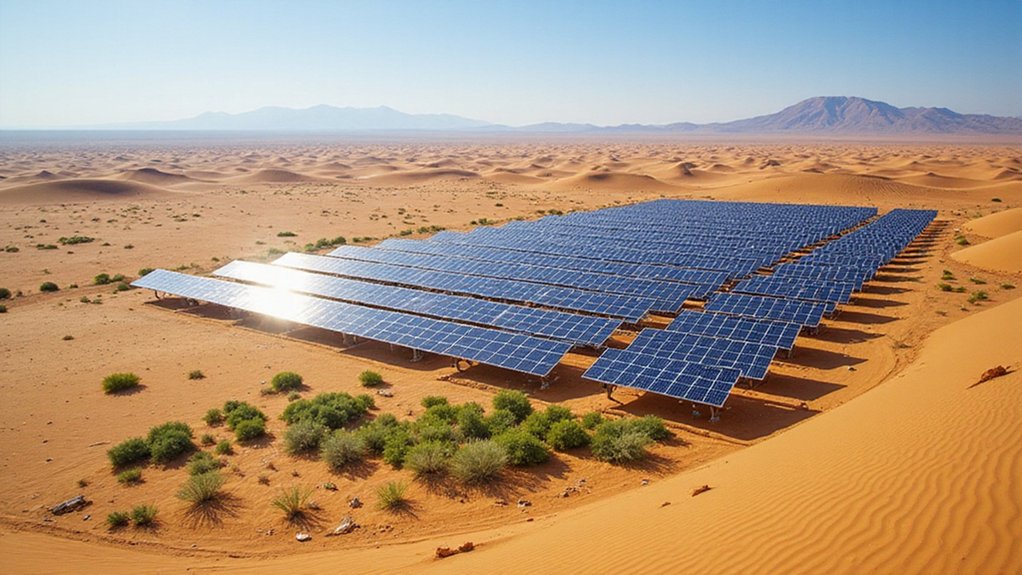The Amazon rainforest is dying, and humans are the ones pulling the trigger. Scientists have discovered a terrifying feedback loop that’s pushing Earth’s largest rainforest toward collapse. It’s simple, really. Droughts kill trees. Dead trees mean less rainfall. Less rainfall means more droughts. Welcome to the death spiral.
The numbers are staggering. The Amazon used to suck up nearly 2 billion tonnes of CO2 annually. Now? It’s belching out over 3 billion tonnes instead. That’s not a typo. The world’s greatest carbon vacuum cleaner has become a carbon factory. Nice work, humanity.
The world’s greatest carbon vacuum cleaner has become a carbon factory.
Here’s where it gets worse. Researchers say 20-25% deforestation could trigger irreversible changes. Some models show 38% of the basin facing potential dieback. Cox’s 2000 study predicted significant die-back could occur by 2040. Wet-climate species are dropping dead while drought-resistant ones take over. Even remote, untouched areas are feeling the heat. Literally.
Climate change isn’t helping. Dry seasons are getting longer and nastier, courtesy of global warming. Less rain during these periods means trees can’t regenerate properly. The wet-adapted species that make the Amazon special? They’re toast. What’s left might transform into degraded savanna. Not exactly the lush paradise we see in nature documentaries.
But wait, there’s a glimmer of hope buried in this ecological horror story. Biodiversity acts like a safety net. Areas with more plant diversity handle drought better. Different species have different tolerances, creating resilience. It’s nature’s insurance policy against complete catastrophe.
The drivers behind this mess read like a greatest hits of environmental destruction. Timber extraction. Agricultural expansion. Deforestation rates skyrocketed 467% year on year in 2014 alone. The usual suspects doing what they do best – converting irreplaceable forest into profit margins. The loss of these natural carbon sinks further widens the gap between climate agreements and actual emissions reductions.
Scientists warn that frequent, severe droughts hit harder than isolated ones. The forest can bounce back from a single bad year. But repeated hammering? That causes large-scale carbon loss and ecosystem breakdown. Models predict huge chunks of the Amazon might flip to drier, less diverse systems if warming continues.
The death spiral is real. The tipping point is approaching. And once we cross it, there’s no going back.
References
- https://skepticalscience.com/Amazon_drought_A_death_spiral_part2_models_and_die-back.html
- https://www.independent.co.uk/climate-change/news/amazon-rainforest-drought-deforestation-jungle-death-spiral-potsdam-institute-a7627931.html
- https://inhabitat.com/scientists-warn-amazon-jungle-faces-death-spiral/
- https://news.mongabay.com/2020/01/impending-amazon-tipping-point-puts-biome-and-world-at-risk-scientists-warn/
- https://skepticalscience.com/Drought_in_the_Amazon_A_death_spiral_part_1_seasons.html
